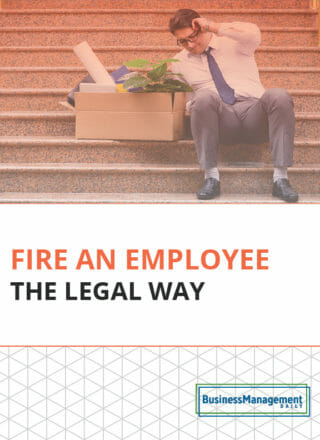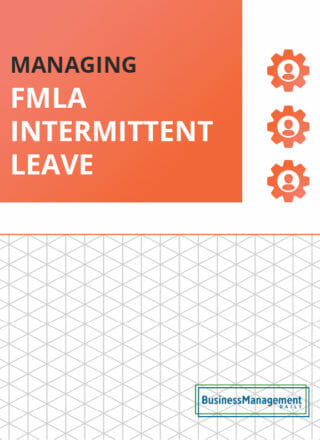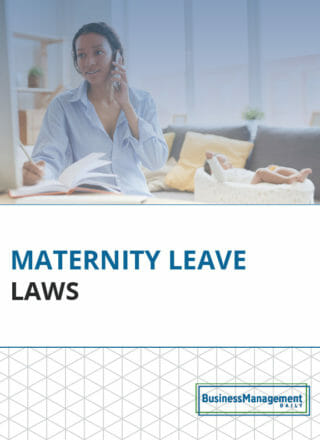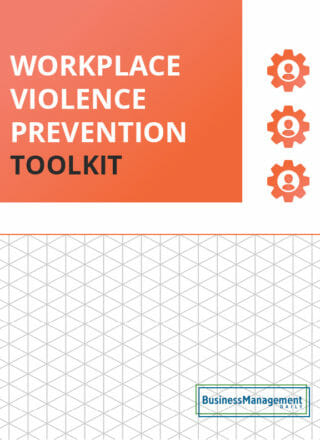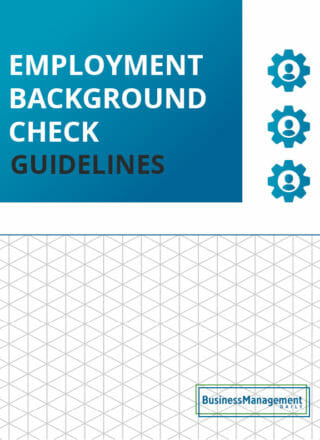CDC workplace safety guidelines: adoption and enforcement
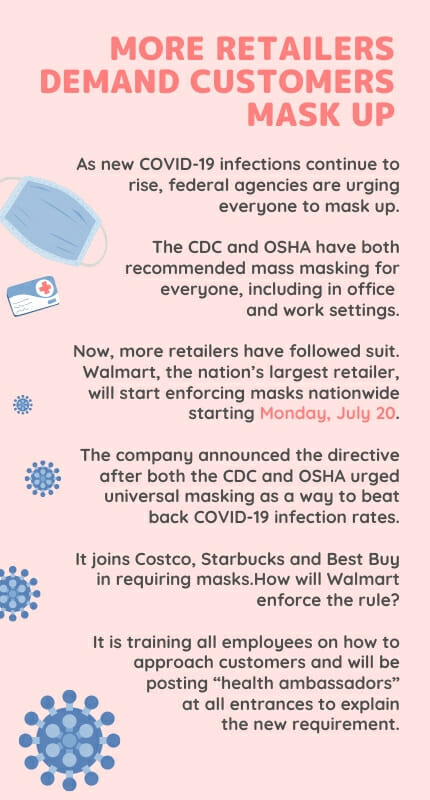 As businesses struggle to safely stay open, it’s hard to know which COVID-19 workplace safety guidelines to follow. Plus, some states and municipalities have strict, mandatory virus regulations of their own. For example, more and more states mandate that all individuals wear masks while outside their homes. Other states defer to federal agencies like the Centers for Disease Control and Prevention (CDC) and the Occupational Safety and Health Administration (OSHA).
As businesses struggle to safely stay open, it’s hard to know which COVID-19 workplace safety guidelines to follow. Plus, some states and municipalities have strict, mandatory virus regulations of their own. For example, more and more states mandate that all individuals wear masks while outside their homes. Other states defer to federal agencies like the Centers for Disease Control and Prevention (CDC) and the Occupational Safety and Health Administration (OSHA).
Plus, employers have to decide how to police the COVID-19 protocols they’re trying to follow. Your employees may have been drafted into informal mask enforcement officer jobs. Here are some tips on how to navigate workplace safety in the time of coronavirus.
CDC workplace safety rules
Employers should first take a close look at CDC guidance. The CDC does not currently mandate that businesses, schools or non-profits follow their guidelines. There are no fines or penalties for ignoring them. They instead serve as a framework for a wide range of organizations. There is specific guidance for schools and childcare centers, religious organizations, office-centric employers, the construction industry and retail operations. While it isn’t mandatory, employers should view CDC COVID-19 guidance as best practices.
The CDC recommends at a minimum that employers:
- Conduct daily health checks;
- Conduct a hazard assessment of the workplace;
- Encourage employees to wear cloth face coverings in the workplace;
- Implement policies and practices for social distancing in the workplace, and
- Improve the building ventilation system.
Unfortunately, that’s just the start for CDC guidance. Employers should also send workers home or instruct them not to come in if they are ill. To encourage this, employers may have to modify their absenteeism policies during the pandemic. Otherwise, workers may not reveal that they are feeling ill or have ill family members before infecting others. Plus, covered employers must provide COVID-19 related leave to eligible workers under the Families First Coronavirus Response Act (FFCRA)
Any screening should:
- Complete health checks in a way that maintains social distancing guidelines, such as providing multiple screening entries into the building. Plus, screeners must wear appropriate personal protective equipment (PPE) and separate from the workers they screen with barriers.
- Follow EEOC guidance on appropriate medical questions, screenings and confidentiality. For example, employers may administer COVID-19 rapid tests but man not require an antigen test for past exposure.
- Employers can also conduct virtual health screenings or use a web-based screening program completed before the employee leaves home. This helps minimize the risk that a symptomatic employee arrives at work and is sent home after exposing others.
State and city requirements
Be sure to keep up-to-date on state and municipality workplace safety rules, too. These are commonly found either at the main website for your state’s governor or the state’s department of health. Some major cities have their own rules and departments of health. Here are a few examples:
- New York: The State of New York maintains a comprehensive website dedicated to the pandemic recovery effort, New York Forward. Employers can find specific information on which phase their location is in and what’s required to remain open or reopen. There’s a separate section devoted to New York City’s recovery.
- Florida: The Florida Department of Health has comprehensive information on the pandemic on its website. This includes information on which counties and cities have enacted separate safety guidelines, rules and restrictions.
- California: The Golden State maintains a website, the Resilience Roadmap, with information on the pandemic in California.
Masking and face-covering rules
According to the CDC and other pandemic experts, the adoption of universal masking is essential to bringing COVID-19 infections down. On July 14, 2020 the CDC announced that it recommends universal masking. CDC director Robert Redfield told a webinar audience that, “… if we could get everybody to wear a mask right now, I think in four, six, eight weeks we could bring this epidemic under control.”
Given how crucial wearing a mask is to controlling the spread of COVID-19, employers should adopt a strict mask policy. It’s certainly a CDC best practice. They are, of course, also required to do so in states that have a state-wide mandatory mask requirement. But how should you adopt and put in place a mandatory mask rule?
Start with a mask-wearing policy
Revise your internal policies and handbook rules to reflect mandatory mask-wearing. You can do this in a supplemental handbook section covering other pandemic emergency policies. For example, that supplement should explain paid leave available under the FFCRA. It should also outline your return-to-work screening and sick leave policies. The CDC has also provided a poster for the workplace that outlines safe masking rules. You can download it here. Your policy should include so that it conforms to CDC guidelines:
- All employees must wear a cloth face covering at all times while at work. Face coverings are essential when maintaining a physical distance from co-workers, customers, contractors or visitors is difficult.
- Face coverings must be worn properly, covering both the nose and the mouth. Employees must wash their hands in accordance with CDC guidance before putting face coverings on. Place the mask over your nose and mouth and secure it under your chin, making sure it fits snugly against your face and that you can breathe easily.
- Face coverings should not be used by individuals who have medical conditions that make breathing difficult or who are unable to put on or take off the covering due to physical limitations. If you have a disability that prevents you from complying with our universal masking policy, please contact the HR office to initiate an ADA reasonable accommodation request.
- Employees are responsible for maintaining their face coverings. Face coverings must be removed without touching the fabric and must only be worn once before laundering. After removing the face covering, wash your hands carefully. The mask should be placed in a washing machine and laundered.
Policing masking policies
Employers who are open to the public also need to make clear that visitors and customers must follow masking rules. You should post the requirement that everyone must wear a face-covering prominently at entrances. Your employees must be trained to enforce the policy – safely.
Unfortunately, during the current phase of the pandemic, there have been multiple violent incidents. For example, when two customers entered a California store without masks, a manager explained the policy. The customers refused and were escorted out, but not before punching an employee. He fell and broke his arm. According to the police report, the customers were arrested for battery.
You may want to discuss mask enforcement with your local police department and attorney. Together, develop a protocol for dealing with customers who won’t comply. This may have to include additional security posted at your business’ entrance and at select inside locations. Ideally, your staff and security should be trained in conflict resolution and de-escalation tactics.
Final note
Employers should expect that guidance, guidelines and rules will change frequently. The pandemic will affect different states and regions in varying degrees. To keep up to date, use the following links:

